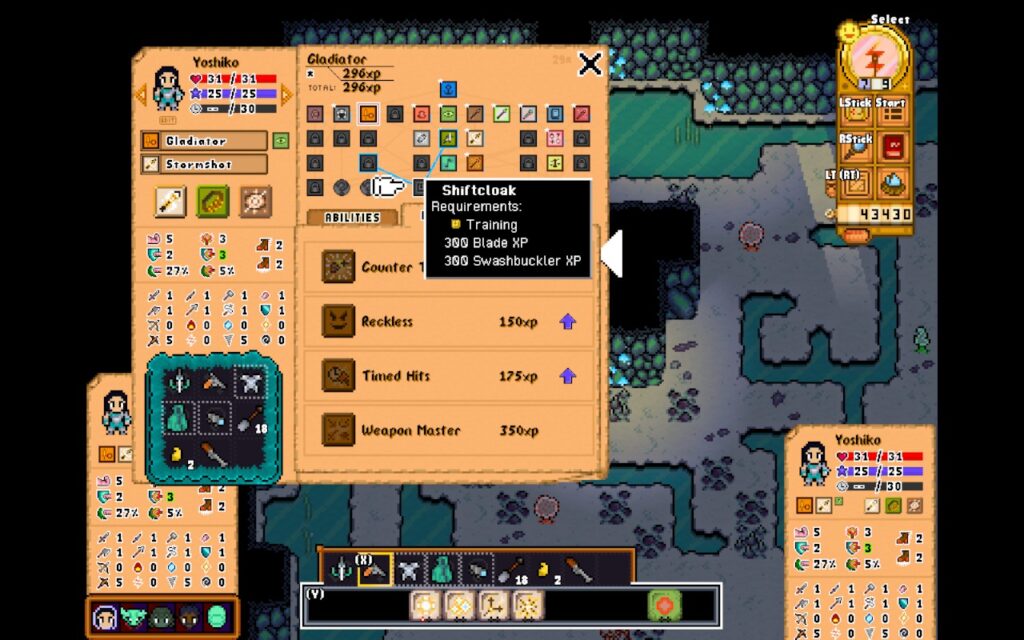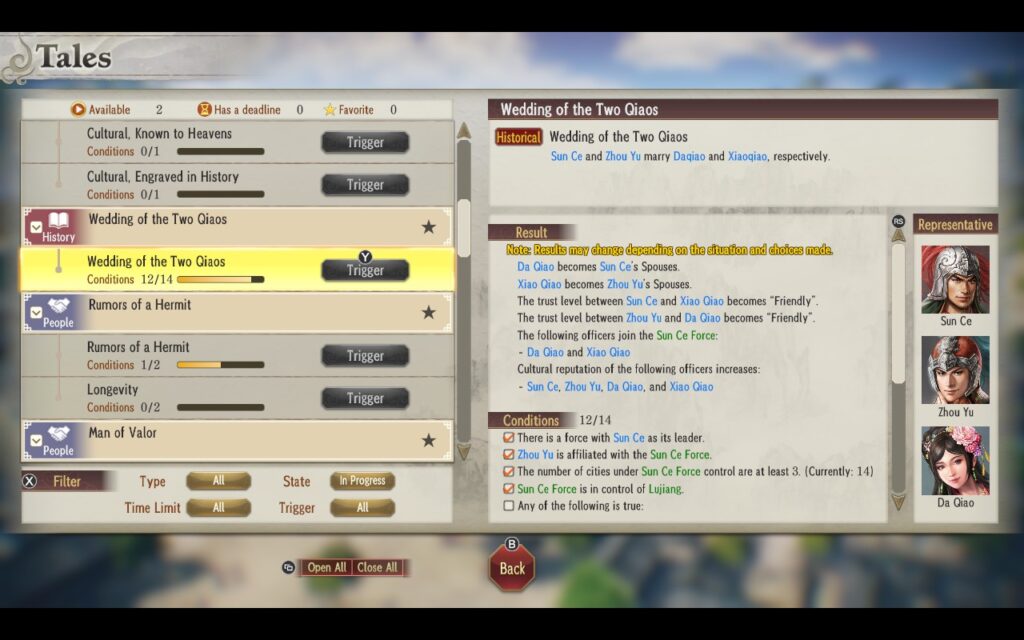Horizon’s Gate
I’ve been playing sandbox-style strategy games for a long time. One of the games instrumental to my fondness for sandboxy games is Uncharted Waters: New Horizons which I’ve written about a fair bit elsewhere. Horizon’s Gate puts Uncharted Waters style exploration front and center – simplifying some of the simulation/strategy elements while fleshing out exploration by adding land combat and classic tactical RPG elements.

Sailing Era went one way with its inspiration from UW – focusing less on role-playing elements and more on storyline, trading, and ship management (like the Uncharted Waters sequels unreleased in the West). Horizon’s Gate goes the opposite route, substantially simplifying trading (each port only sells one trade good) and ship customization (more limited ship selections, but they have accessory slots). While the net result is less relaxing than Uncharted Waters, it feels like a more complete and interesting game – and one that offers a more engaging use of the player’s time. By taking place in a fantasy world, it also removes one potential mental disconnect in Uncharted Waters: as long as the player knows some geography, they really can’t get into too much trouble exploring. You’re typically “exploring” for something you know or suspect is there. Exploration in Horizon’s Gate, on the other hand, can be surprisingly risky as the further you get from the core areas, the fewer and farther between towns are. Likewise, the on-land exploration segments get harder. Thankfully the map supports annotating locations with icons so you can track which ones are dangerous or unexplored.
Read the rest of this entry »
